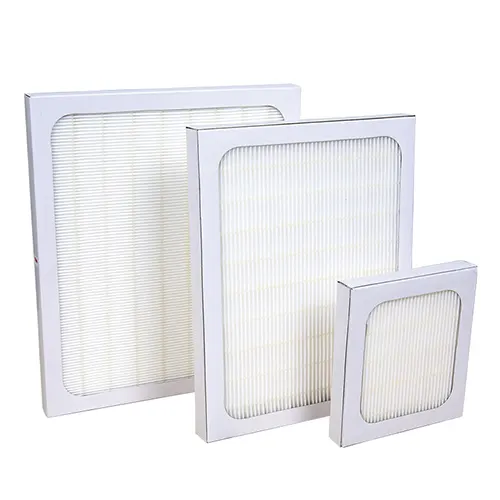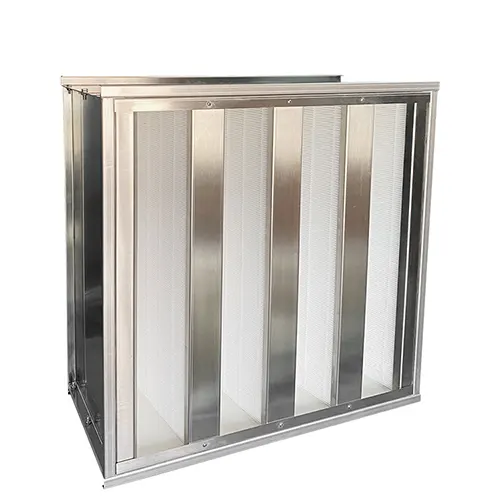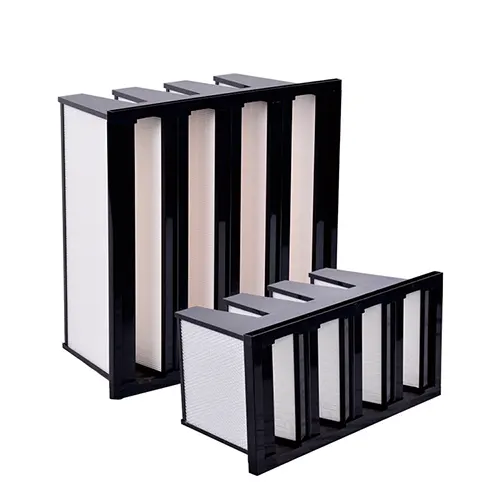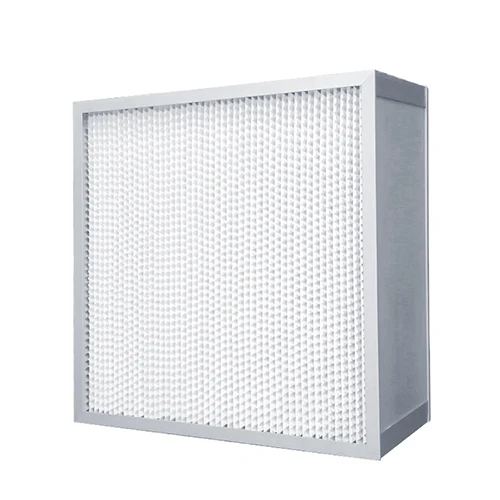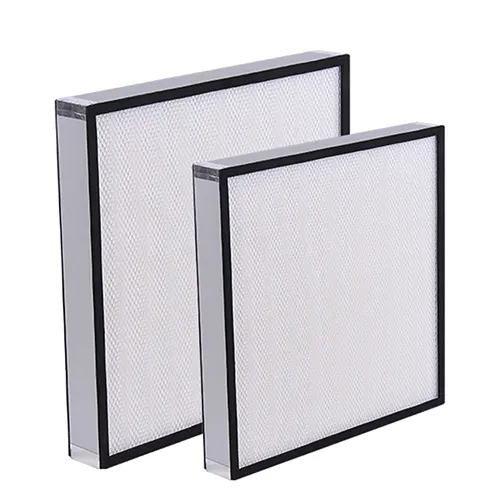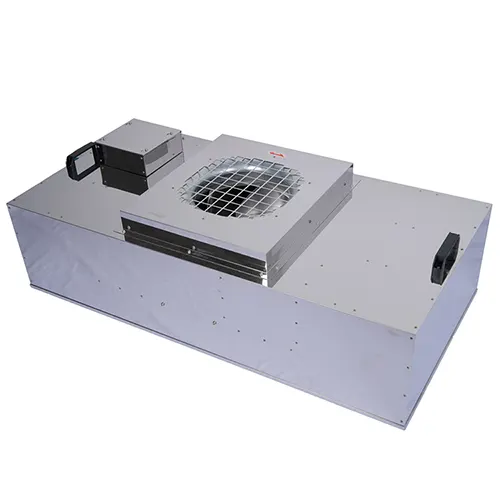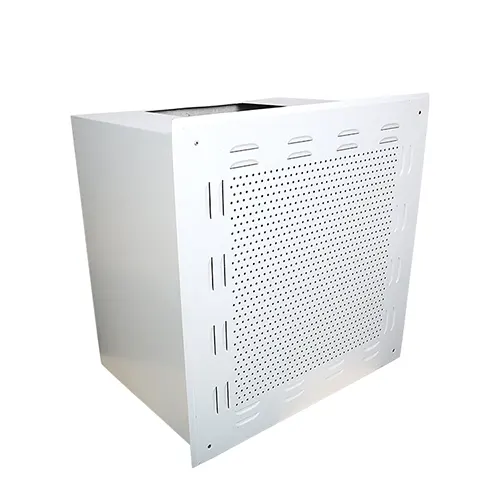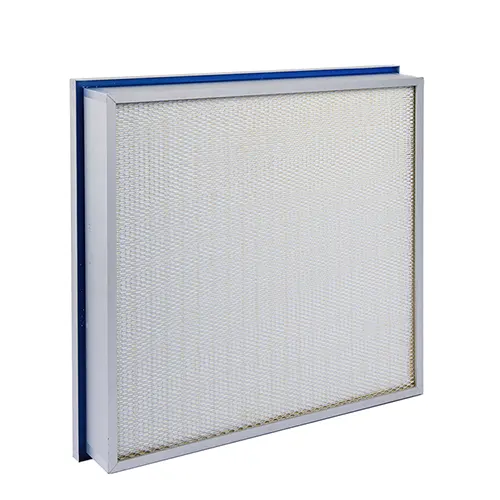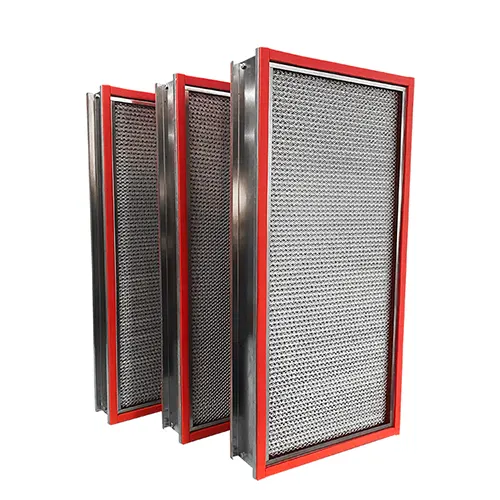The Importance of HEPA H13 and H14 Filters in Medical Settings
In hospitals and clinics, where air quality is paramount, HEPA H13 and H14 filters serve as a key defense against airborne pathogens. The subtle difference in efficiency between these filters can significantly influence infection control, underscoring their importance in creating a safe, clean air environment that promotes healing and protects against disease transmission.
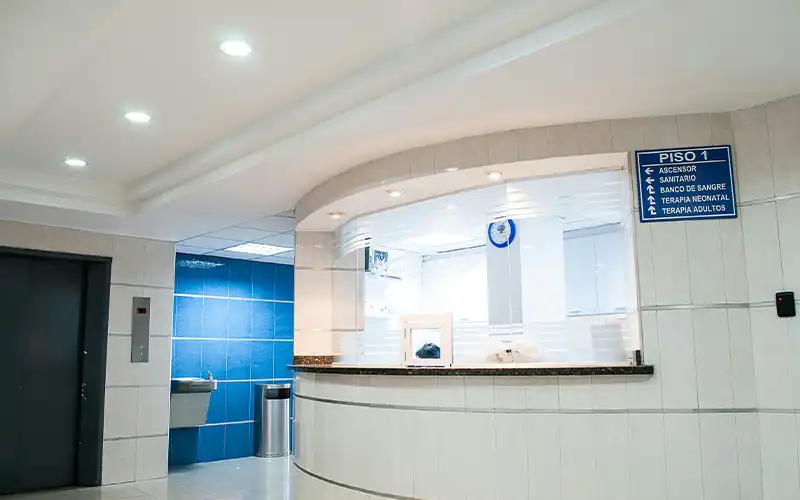
What Are HEPA Filters?
Definition and characteristics
High-Efficiency Particulate Air (HEPA) filters represent a critical component in the filtration and purification of air in various environments, most notably in medical settings where cleanliness and air quality are paramount.
By definition, HEPA filters are designed to trap at least 99.97% of particles that are 0.3 microns in diameter, which include dust, pollen, mold, bacteria, and any airborne particles.
This remarkable efficiency makes HEPA filters essential for creating a safe, contaminant-free environment. The effectiveness of HEPA filters lies in their dense mat of fibers, which capture particles through a combination of mechanisms including interception, impaction, and diffusion.
Differentiation between HEPA H13 and H14 filters
HEPA H13 filters are engineered to trap 99.95% of all particles as small as 0.1 microns.
HEPA H14 filters surpass this, capturing 99.995% of particles at the same size, making them even more efficient for use in environments where ultra-pure air is required.
Efficiency levels:
The efficiency of H13 and H14 filters makes them particularly suitable for medical settings, where they can significantly reduce the presence of airborne pathogens and thus the risk of infection.
Particle retention capabilities:
H13 filters are adept at retaining particles such as viruses, bacteria, and allergens, offering a high level of air purification.
H14 filters with higher retention capabilities, provide an added layer of protection, ensuring even cleaner air by capturing more of the smallest and most harmful particles.
CleanLink’s H13 and H14 Filters
CleanLink proudly offers an extensive range of HEPA H13 and H14 air filters, specifically designed to meet the stringent air quality requirements of medical settings.
The Necessity of Advanced Filtration in Medical Settings
The significance of maintaining pristine air quality in hospitals and clinics cannot be overstated, as it directly impacts patient recovery, staff well-being, and the overall safety of the environment.
Airborne pathogens, such as viruses and bacteria, can easily circulate through HVAC systems, posing a risk to patients with compromised immune systems. The implementation of HEPA H13 and H14 filters is a vital measure in infection control, helping to remove harmful airborne particles and reduce the spread of diseases.

Operation Room

Patient Room
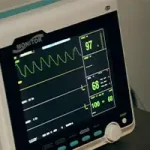
ICU

Operation Room

Patient Room

ICU

Neonatal Units

Pharmacy Compounding Areas

Laboratories

Pharmacy Compounding Areas

Neonatal Units

Laboratories
Implementation Challenges and Considerations Factors
Assessment of existing HVAC systems for compatibility with H13 and H14 filters to ensure optimal performance without compromising airflow or system efficiency.
Evaluation of space requirements, as advanced HEPA filters may require more space than standard filters due to their increased density and efficiency.
Space and System Compatibility
Consideration of the physical dimensions and airflow dynamics of H13 and H14 filters to fit within existing hospital HVAC systems.
Potential need for modifications or upgrades to the current ventilation systems to accommodate these high-efficiency filters.
Maintenance and Replacement Schedules
Set a regular maintenance schedule to check the integrity and performance of the filters.
Also, make a replacement schedule based on the manufacturer’s recommendations and specific environmental conditions of the medical setting to maintain filter efficiency.
Best Practices for Optimizing Air Quality in Medical Applications
Recommendations for Installation and Maintenance
1. Ensure proper sizing and compatibility of HEPA filters with existing HVAC systems.
2. Follow the manufacturer’s guidelines for installation to maximize filter efficiency and lifespan.
3. Schedule regular maintenance checks to ensure filters are functioning optimally.
Integrating H13 and H14 Filters with Other Air Quality Management Strategies
1. Combine HEPA filtration with UV-C light sanitizers for comprehensive air purification.
2. Use portable HEPA filter units in areas where HVAC adjustments are not feasible.
Monitoring and Evaluating Air Quality Improvements
1. Install air quality sensors to continuously monitor particulate matter, VOCs, and pathogen levels.
2. Conduct regular air quality audits to assess the effectiveness of the filtration system.
Conclusion
HEPA H13 and H14 filters are indispensable for maintaining superior air quality in medical settings, significantly enhancing the safety and cleanliness of environments critical to patient care and healthcare worker well-being.
